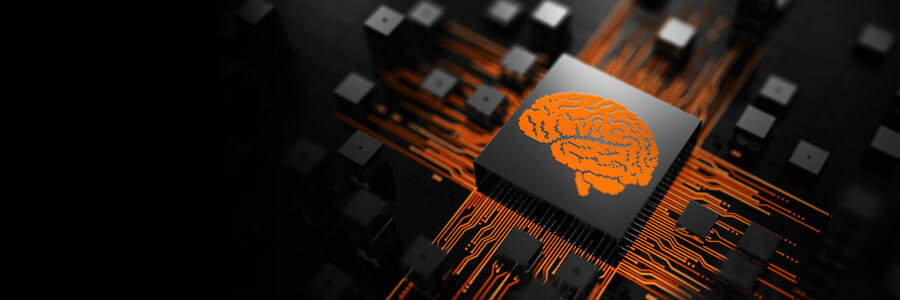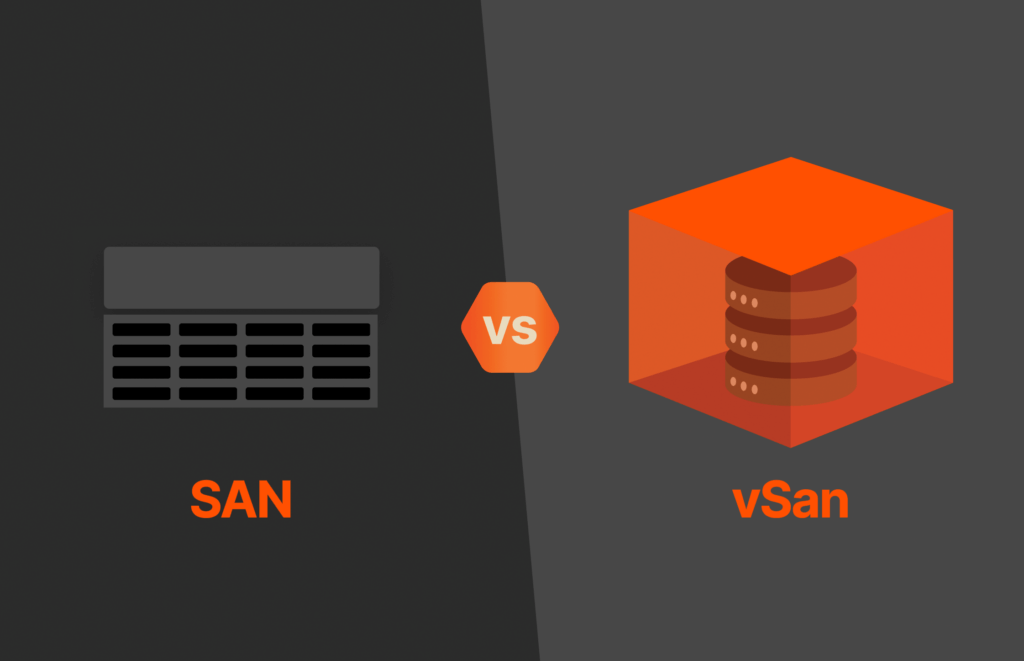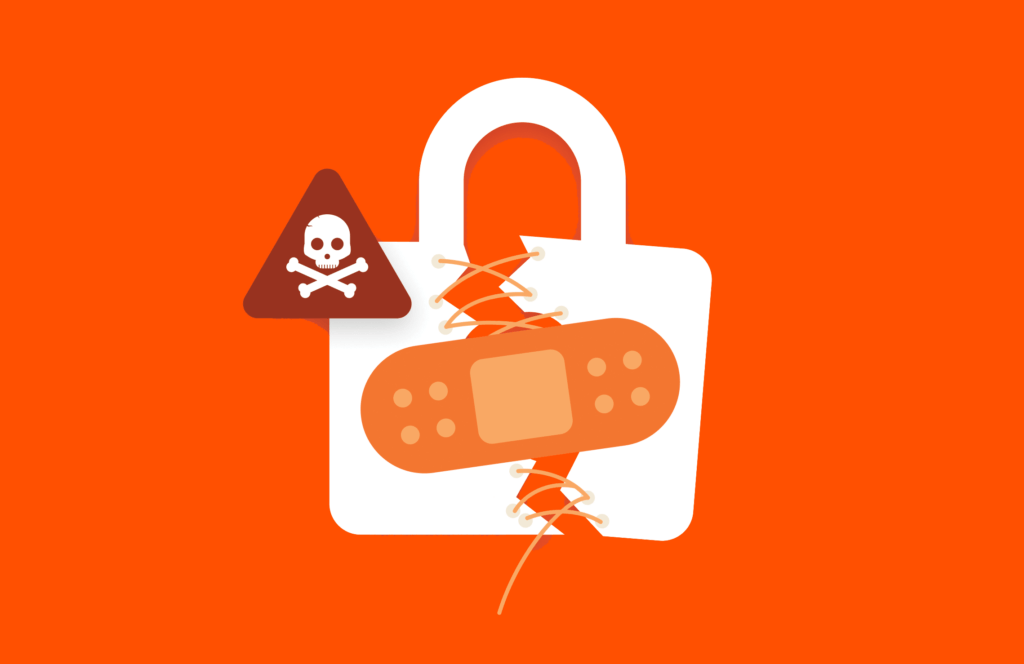Artificial intelligence (AI) is an incredibly popular topic today. Perhaps nowhere is this exciting technology serving a more crucial role than in healthcare. There are countless applications of AI in the back offices of hospitals and other healthcare organizations, where machine learning helps identify workflow efficiencies and cost-saving measures. The most crucial impact, though, is measured in lives saved. In this area, healthcare AI holds tremendous promise.
One of the current challenges healthcare providers face includes the ever-growing mountains of data available to them. AI platforms in healthcare excel in parsing big data and generating accurate, detailed insights in a fraction of the time a human could. This can be useful in providing customized recommendations for patient triage, pharmaceutical prescriptions, surgical procedures, and long-term care. Within each of these areas, AI in healthcare can augment and support provider capabilities to deliver better patient outcomes with fewer complications at lower costs.
Let’s take a look at seven specific ways AI and machine learning can help save lives.
1. Generative AI improves queries and analysis of medical records
Google Cloud recently announced new artificial intelligence-powered search capabilities to help healthcare workers quickly pull accurate clinical information from different types of medical records. AI combined with unified storage platforms can help clinicians find what they need quickly across multiple systems and formats. With the power of generative AI, clinicians don’t have to sift through those mountains of records for answers. For example, searching month by month to learn what medications a patient has taken can be asked of a large language model (LLM) in a single question and answer format. Citations with each answer can alleviate concerns about accuracy, too. Retrieval augmented generation (RAG)-based capabilities can offer quick answers to clinical questions from within “walled gardens” of evidence-based, expert-curated information and tools. And things like AI-native networking can enhance network reliability for patients, clinicians, and staff; optimize campus and data center operations; and strengthen cybersecurity protocols.
In the case where AI can help healthcare providers save time and energy, it’s indirectly helping save lives as quality of care improves.
2. Constant monitoring of persistent conditions
AI applications are really good at monitoring health conditions and alerting caregivers and patients to potentially dangerous changes. For example, there are apps that can continually monitor blood glucose levels and send personalized messages to users in real time, demonstrating how their dietary choices impact insulin needs. This app can be paired with an AI-driven insulin pump, which replicates how the pancreas would respond by adjusting baseline insulin levels every five minutes. The data-driven algorithms used by both of these applications can not only increase a diabetic patient’s quality of life but could also help increase lifespan and prevent life-threatening blood glucose increases.
3. Enhancing imaging technology
AI can be a serious advantage when it comes to healthcare imaging. In fact, in 2016, AI advocate Geoffrey Hinton rocked the medical world by saying, “We should stop training radiologists now. It’s just completely obvious that within five years, deep learning is going to do better than radiologists.”
While Hinton’s bold statement may have missed the mark, AI has indeed made significant inroads into the radiology profession and healthcare imaging in general. Instead of replacing radiologists altogether, the technology is helping them be more accurate and quick at analyzing images to make diagnoses. AI algorithms can process millions of images in a snap and learn to identify subtle signs of illness that humans can’t detect.
Some automated systems do exist and have done better at detecting diseases, such as skin cancer and diabetic retinopathy, than their human counterparts. While many experts consider the healthcare industry to be in the very early stages of using AI to replace trained humans in analyzing images, the technology is certain to get better with time.
With AI-assisted or AI-only imaging analysis, healthcare organizations can detect serious diseases earlier and faster, which allows them to provide treatment and raises the likelihood of positive outcomes.
4. Monitoring at-risk and critical care patients
AI is helping to save the lives of patients in intensive care units and other critical care settings.
In one example, University of Florida Health Center researchers are working on a “smart” ICU, which uses cameras, wearable sensors, lighting sensors, noise meters, and other monitoring equipment to sense when patients are in pain or need assistance. The system’s AI algorithms focus on body movement and facial cues to make its determinations, which can keep an eye on patients at every moment—even when nurses are helping other patients.
Another example of AI-based patient monitoring is the BioSticker sensor, developed by Philips and BioIntelliSense to monitor at-risk patients after they leave the hospital and return home. The wearable patch enables continuous passive monitoring of patient vitals and even parameters such as body position, coughing frequency, activity levels, and more. The data collected can help doctors personalize treatment plans for people living with chronic illnesses and can also alert caregivers to emergency situations that need immediate intervention.
5. Advancing surgical outcomes
One way to improve surgical outcomes is to use AI and machine learning in applications that predict surgical outcomes and help caregivers determine whether a particular operation is worth the risks. The system would take into account individual patient data, including the person’s condition and medical history, along with other factors, and offer a recommendation to doctors about the likelihood of surgical success.
New research has found that AI may be able to predict cancer survival, meaning it could become a critical tool for assessing risk and aiding patients and caregivers in making treatment decisions.
AI-assisted robotics are also being used more often in surgery, and these tools are helping to improve outcomes after surgery. Because surgical robots can be more precise and accurate than human surgeons in some cases, they can also positively affect outcome factors, such as reduced blood loss, reduced risk of errors, fewer complications, shorter average hospital stays, and faster recoveries.
At UC Berkeley, a team of postdoctoral researchers trained a da Vinci surgical robot to perform suturing tasks faster than an experienced surgical resident was capable of, with 99.4% accuracy.
6. Improving surgical techniques
Surgeons rarely experience the opportunity to improve their techniques, but this is one area where AI in healthcare holds tremendous potential. AI software could record surgical procedures and compare them to a bank of ideal techniques, allowing surgeons to evaluate their methods against established best practices and identify areas for improvement. AI could also augment physician technique by providing a host of customized training resources, as well as immediate and direct feedback on individual performance.
AI can also assist during surgical procedures to ensure that surgeons are able to do their best work. One example of this is a surgical navigation system that provides a real-time, enhanced 3D view of the surgical site anatomy. Using this type of tool, surgeons can complete procedures more quickly and accurately, decreasing the risk of errors due to fatigue—while also minimizing the degree of trauma at the surgical site.
7. Decreasing dosage errors
A recent research article reported that, in the US alone, 7,000 to 9,000 people die as a result of a medication error, and hundreds of thousands more suffer adverse reactions or other complications. In addition to the physical and psychological costs of those errors, the total cost of caring for patients with medication-associated errors exceeds $40 billion each year.
One way AI can help reduce medication dosage errors is through smart devices, such as insulin pens and inhalers, that can monitor how much medication a patient has already ingested and alert caregivers if the patient isn’t using the device correctly.
Another example is an AI-based system that takes individual patient data into account when a doctor is prescribing medication—including other current medications the patient is taking and any allergies the patient may have. While less personalized systems might greenlight the prescription of a specific medication for a patient’s condition, the AI-based system would flag any potential problems based on specific, personal data.
Will Healthcare AI Eliminate the Need for Human Healthcare Providers?
It’s unlikely that AI will ever completely replace human caregivers—but the world is already benefiting greatly from the use of this technology in healthcare.
In 2018, then-British Prime Minister Theresa May pledged to invest substantially in healthcare AI to detect cancer in its earliest stages and there have been very promising studies recently released around this potential.
Continuing to invest in healthcare AI that enables caregivers to work more efficiently to produce faster and more accurate results will allow the medical field to evolve. As AI technology advances, it will undoubtedly continue to save lives, improve outcomes and quality of care, and decrease costs.

Customer Journeys to AI Success
Written By:






